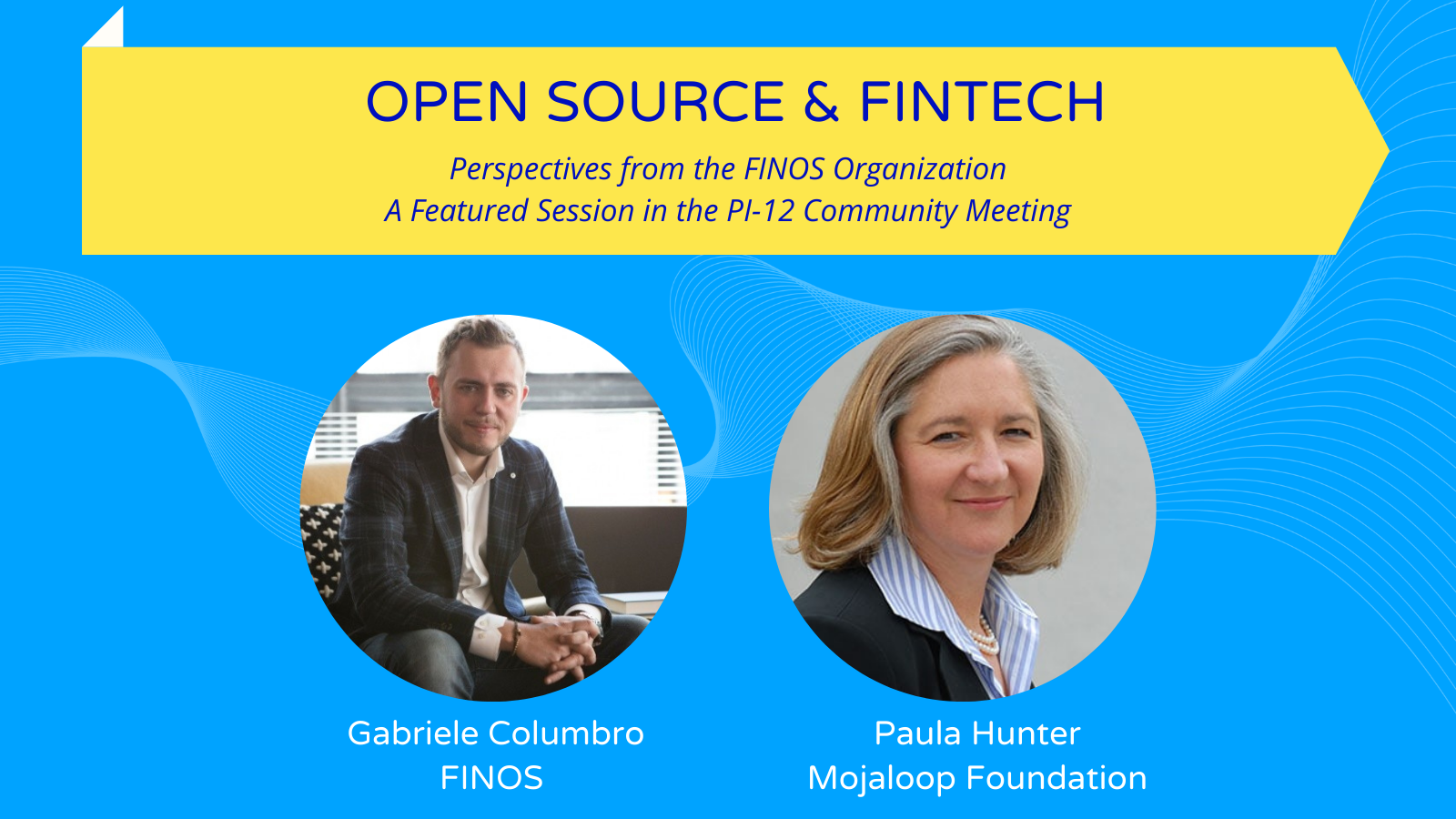At our latest community meeting, I invited FINOS Executive Director Gabriele Columbro to discuss the role that open source plays in advancing payments. His experience with the world’s largest financial institutions makes him an ideal expert to learn from about the need for open source within the finance sector. Below are highlights from my Q&A session with Gabriele, known as “Gab,” who has nearly two decades of open source and fintech expertise. You’ll want to tap into his wisdom and understand more about the open source opportunities for fintech by listening to the full recording of the conversation here.
PH: Please tell us a bit about FINOS and the need for an OSS foundation focused on fintech.
GC: First, it’s about education: this is an incredibly conservative and siloed industry. We determined that there is a large-enough amount of industry-specific use cases that we could point to and build on — financial services is a world unto itself. We operate with a vertical focus and recognize regulatory constraints: we needed to understand the industry, provide a regulated toolchain and work with existing consortia in the sector.
PH: What are some of the challenges large organizations face regarding OSS?
GC: It starts by understanding the players in this ecosystem. Three or four years ago, banks told me, “No, we do not use open source.” And so, what we focused on with banks was turning this consumption into contribution and making the case that upstream contribution is the one that ultimately delivers the ROI of open source. If you need to maintain your own copy of a piece of software that exists out there, it might as well go proprietary, which — again, from a corporate standpoint — will cost you more than just buying a piece of software. We’ve focused on why banks, at the executive level, should be considering open source as a pillar of their technology strategy. And then we focused on making sure that we removed friction.
From a legal standpoint, there are still many myths to debunk in some compliance organizations about open source as a technology toolchain, Some organizations don’t have a way to approve contributors. And, when you’re talking about corporate participation in an open source project, of course, you need to make sure that corporate legal agreements (CLAs) are in place and all the legal framework is there. So, there’s been a lot of enabling through getting the executives on board first, and then removing friction.
Then, on the flip side, fintech vendors are our next big challenge. We’re getting more and more engagement from vendors, and I think there are many potential inroads and commercial opportunities there. It’s easier now to get executives and developers on board with the idea of contributing to open source.
PH: Have you been able to convince the financial institutions to contribute code/developer resources to some of your projects?
GC: Previously with banks, there had been a lot of consumption but little contribution — but that all changed in 2020 for us. I’m happy to report this year that we see a serious increase in contributions from banks. And by now, I think about 80 percent of our financial institution members, even large ones, have a legal framework in place with us. Their developers can contribute to FINOS, and that has driven very high participation from our members.
This year, over 60 percent of our new projects, I think six out of nine projects, came from financial institutions actively contributing to the code or participating in our initiatives. Almost all of our financial institutions have a CLA — you can check our metrics at https://metrics.finos.org.
This pandemic has provided a “digital acceleration,” which has helped us harvest the fruits of all the education work we seeded in the last few years, at a pace we were not expecting. Recently, we announced Legend, a new, flexible platform that offers solutions to explore, define, connect and integrate data into business processes.
PH: You recently launched an open RegTech SIG — how is that progressing? What have you learned from the regulators?
GC: In July, the initiative was launched and had tremendous early momentum, with our members, regulators and regtech showing substantial interest. We just launched the SIG in October. The regulators have helped us learn that there are many people in both finance and government wanting to do the right thing, and that for such complex problems at the crossroads of policy and technology, open source can be a game-changer.
PH: Are there key trends in OSS technology that you feel are growing in importance for the fintech sector?
GC: Yes. A major trend is the cloud journey, with the commoditization and commercialization of OSS via SaaS. More broadly, OSS is moving closer and closer to the end-user, and, I hope, closer to the average Joes and Janes who are downstream from the financial system. Most financial institutions are far from done when moving their workloads to the cloud and public clouds. This gives us an opportunity to work with regulators and provide industry-wide standards that would work as much as for large financial institutions as for fintechs coming into the game.
PH: Many of your members are large commercial institutions — what are their thoughts concerning financial inclusion?
Financial inclusion has been the source of a lot of recent conversations this year. Our focus up to this point has largely been to get everyone into a position to contribute and continue solving industry-specific issues. So far, in 2020, we have participated in conversations with the Mojaloop Foundation, Mifos and Apache Fineract, and we definitely look to make an impact in 2021 beyond industry-specific issues.
Over the last few months, I have found that there are many regulators that want to do the right thing, not just when it comes to how the markets work, but also addressing financial inclusion, environmental, social and corporate governance (ESG), and diversity.
PH: As a leader of a relatively new OSS foundation, do you have any words of wisdom you would like to deliver to our community?
I do have some advice. Don’t go overboard with governance. Lead with trust, build it and cement it. That’ll give you a way to adjust as things proceed, because when the software is valuable, conflicts will arise, and those seeking resolutions will need to trust other parties’ good faith. Governing the code and governing the network are fundamentally different beasts, but they can learn from each other.


